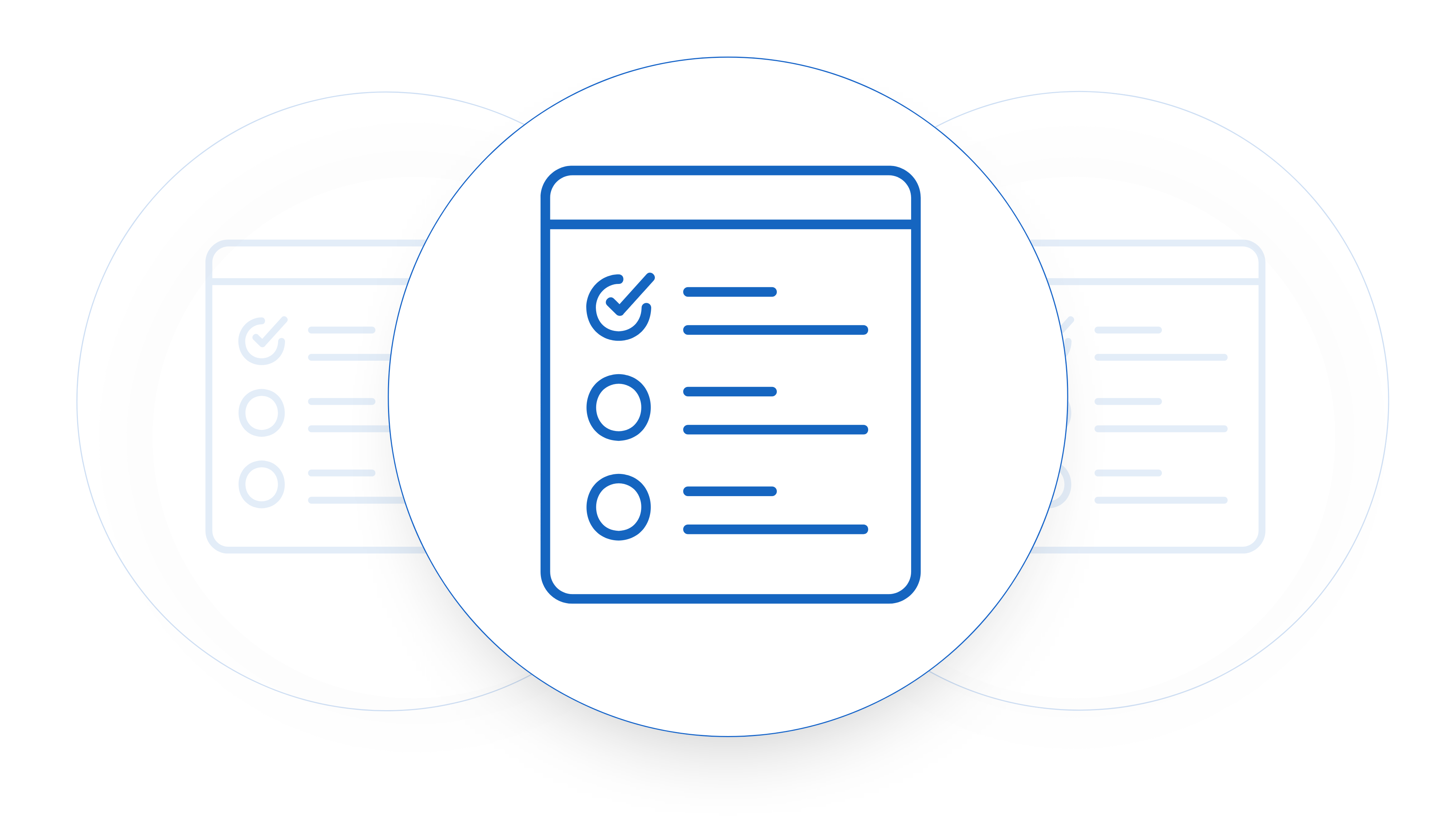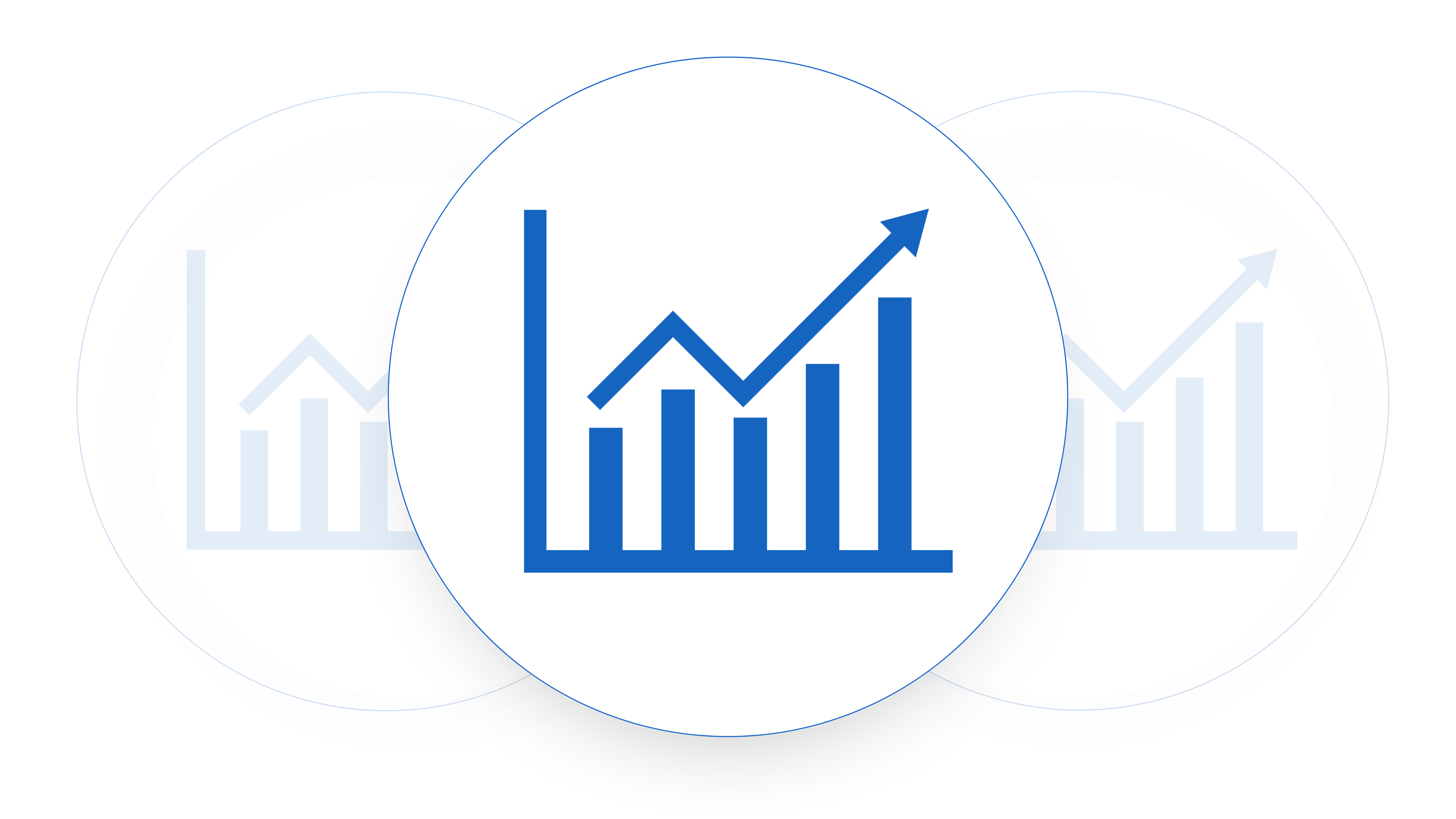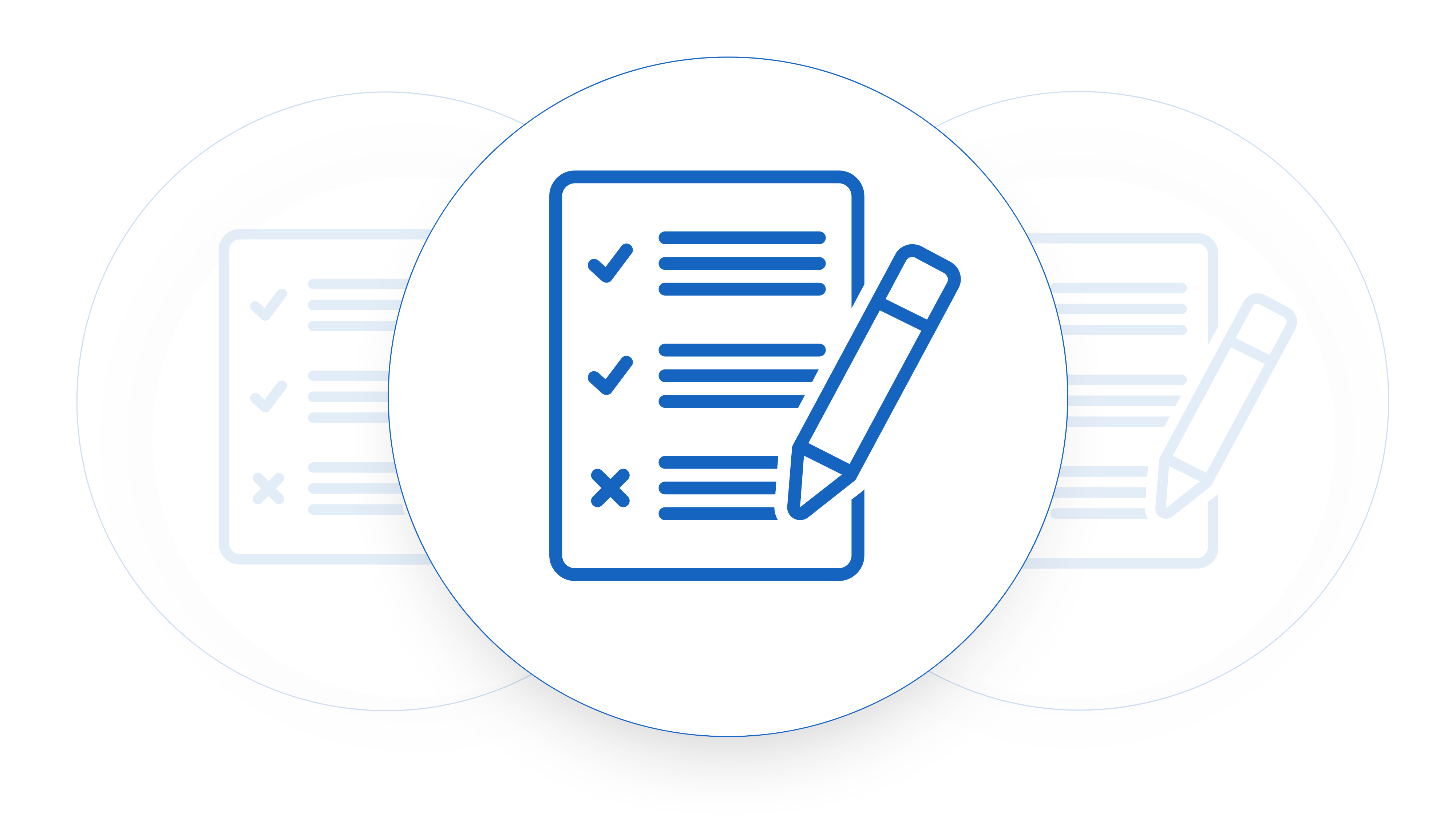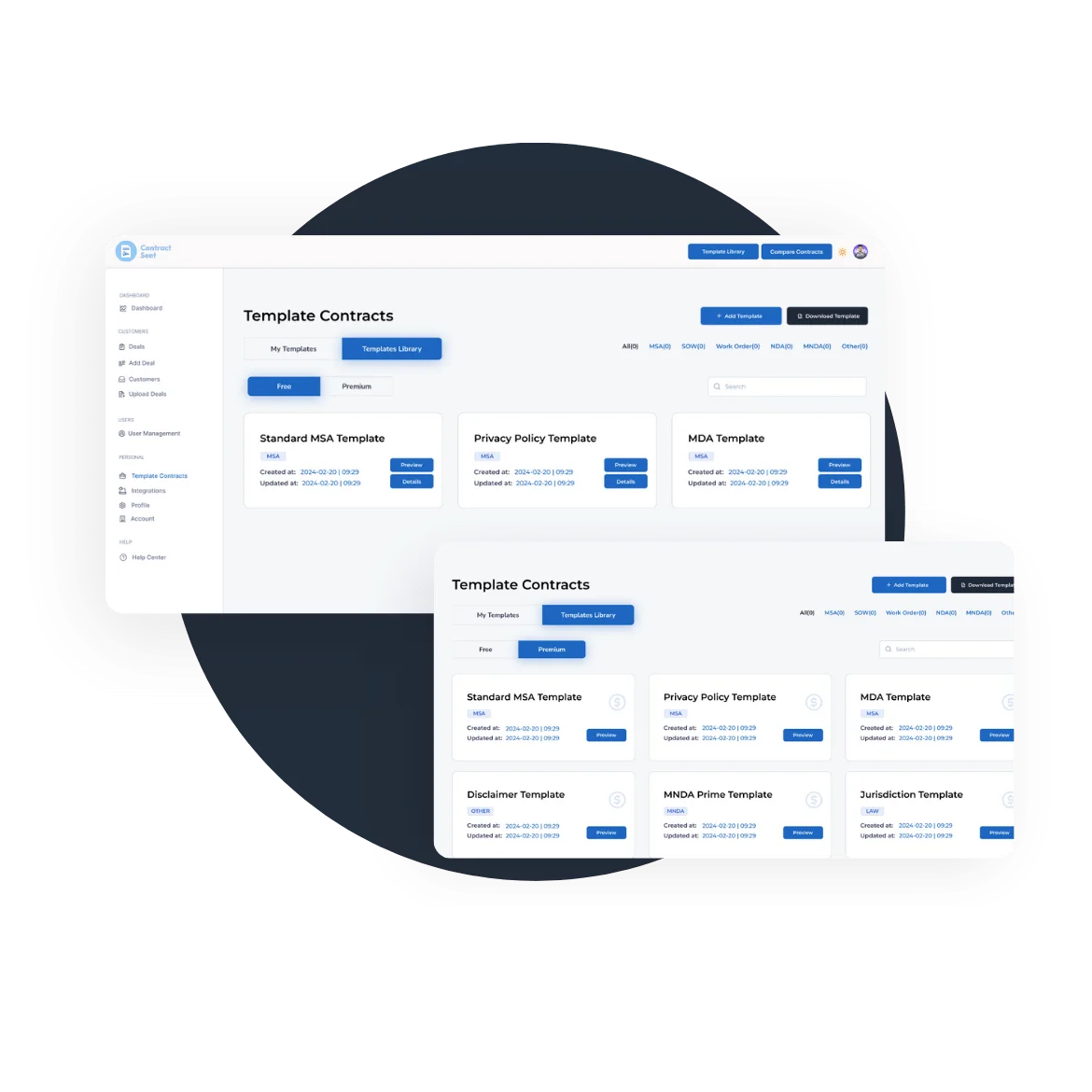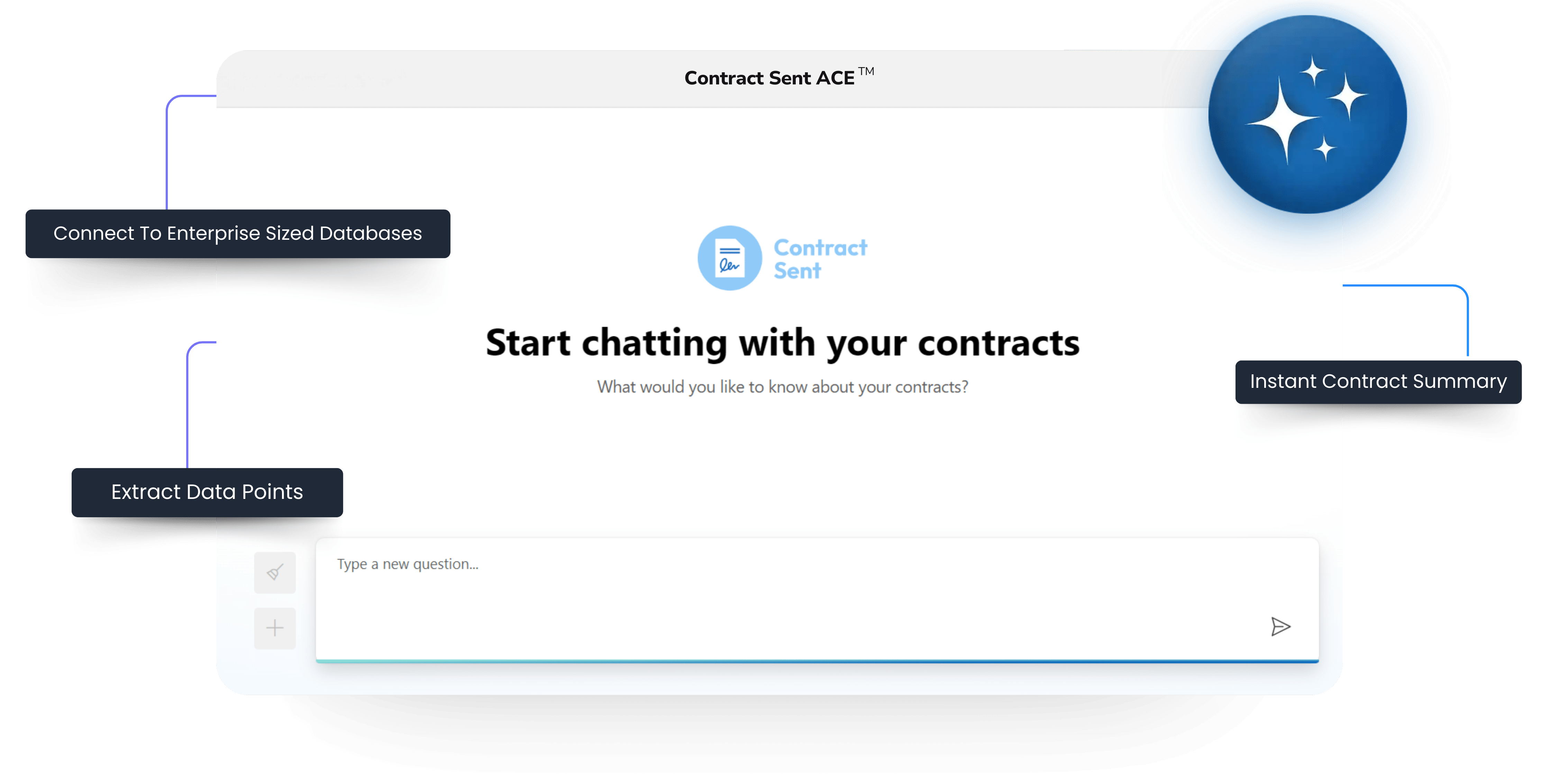Artificial Intelligence (AI) is one of the most talked-about technologies today, with businesses investing heavily in AI-driven solutions to streamline operations, improve decision-making, and automate tasks. From contract management to healthcare, AI is influencing nearly every industry. However, as with any technological revolution, with the AI revolution separating hype from reality is crucial for businesses to understand, as excitement often overshadows the practical challenges and limitations AI presents.
While AI promises to enhance efficiency, reduce costs, and transform industries, it also raises concerns about reliability, ethics, and long-term impact. Many businesses struggle to distinguish between AI’s true capabilities and the overhyped claims surrounding it.
The AI Hype Cycle: Boom, Bust, and Reality
AI’s development follows a well-known pattern called the hype cycle. This cycle describes how every new technology first generates massive excitement, followed by a period of disillusionment as its limitations become clear. Eventually, after practical adjustments, the technology matures into a reliable tool. The AI Revolution Separating Hype from Reality highlights the importance of looking beyond the initial buzz and evaluating AI’s true capabilities and challenges with a realistic perspective. While AI advancements are impressive, they must be assessed carefully to avoid unrealistic expectations and ensure practical implementation.
This phenomenon aligns with Amara’s Law, which suggests that people often overestimate the short-term impact of new technology while underestimating its long-term effects.
The AI boom intensified when ChatGPT launched in November 2022, demonstrating how AI could generate human-like text and assist with various tasks. Suddenly, businesses scrambled to integrate AI, expecting instant results. However, many soon realized that while AI is powerful, it is not an all-in-one solution that can replace human expertise.
AI: Between Optimism & Skepticism
AI has created two opposing viewpoints:
- The Hypists – These are the enthusiastic supporters who believe AI will change everything, much like the internet or electricity did. They argue that AI will automate complex tasks, eliminate inefficiencies, and revolutionize industries.
- The Skeptics – These individuals highlight AI’s limitations, risks, and ethical concerns. They believe AI tools are often unreliable, lack transparency, and may pose risks such as job displacement and biased decision-making.
Both perspectives contain valid points, but the reality is somewhere in the middle. AI has great potential, but its effectiveness depends on how it is used. Businesses must carefully evaluate AI solutions to determine where they add value and where human oversight remains essential.
For example, AI-powered contract management tools like AI Contract Data Extraction can automatically extract key terms and clauses from agreements, significantly reducing manual workload. However, human review is still necessary to ensure accuracy and compliance.
The Real Challenges of AI Adoption
Despite its impressive capabilities, AI is far from perfect. Many organizations rush to adopt AI without fully understanding its limitations, leading to unrealistic expectations and suboptimal results. Casey Flaherty identified several key challenges that businesses should be aware of:
1. Data Bias & Ethical Issues
AI systems learn from historical data, which often contains biases. If the training data is flawed, the AI model can reinforce discrimination and make unfair decisions.
A well-known example is Amazon’s AI-powered hiring tool, which favored male candidates because it was trained on past hiring data that showed a preference for men. This highlights the importance of carefully curating training data and implementing safeguards against bias.
2. AI’s Lack of Transparency
Many AI models operate as black boxes, meaning their decision-making process is unclear. This lack of transparency raises concerns, especially in industries like finance, healthcare, and law, where explainability is crucial.
For businesses using AI in contract management, tools like Contract Comparison can help analyze and compare contract versions. However, without clear insights into how AI reaches its conclusions, legal teams must still verify outputs to ensure accuracy.
3. Reliability and Inconsistencies
AI models are prone to hallucinations (generating incorrect information) and catastrophic forgetting (losing previously learned knowledge when new data is introduced). This can make AI unreliable, particularly in critical applications like legal contract review or financial forecasting.
Businesses must continuously monitor AI performance and ensure that AI-generated outputs align with business objectives.
Legal and Ethical Challenges in AI Adoption
Industries like law and finance face additional regulatory and ethical challenges when adopting AI. Some of these challenges include:
- Privacy and Data Security – AI often requires access to sensitive business information, raising concerns about data leaks and compliance with privacy regulations like GDPR.
- Regulatory Compliance – Legal and financial sectors have strict compliance requirements. AI tools must align with industry-specific laws to avoid legal risks.
- Liability and Accountability – If an AI system makes an incorrect legal recommendation, who is responsible? The software provider or the professional using the tool? Defining accountability is a major challenge.
For businesses navigating AI adoption, Contract Tracking Software provides real-time monitoring, ensuring compliance and reducing risk. However, AI should always assist professionals rather than replace them.

Looking for a contract template?
Browse our 150+ prebuilt customizable contract templates and find the one that suits your needs perfectly.
The Role of AI in Business Transformation
Despite its limitations, AI can significantly improve business operations if used correctly. Key benefits include:
- Automation of Repetitive Tasks – AI can handle high-volume contract searches, freeing up legal and procurement teams to focus on strategic work.
- Faster Decision-Making – AI-powered tools can analyze vast amounts of data in seconds, providing insights that help businesses make informed decisions.
- Improved Contract Management – AI-driven solutions enable businesses to track, analyze, and negotiate contracts efficiently, reducing bottlenecks in the contracting process.
However, AI’s effectiveness depends on how businesses integrate it into their workflows. Instead of viewing AI as a replacement for human expertise, companies should leverage AI as a supportive tool that enhances efficiency while maintaining human oversight.
How Businesses Can Use AI Responsibly
To maximize AI’s benefits while minimizing risks, businesses should follow these best practices:
- Use AI as an Assistive Tool, Not a Replacement – AI should enhance human decision-making, not replace professionals.
- Regularly Validate AI Outputs – AI-generated data should be reviewed and corrected by human experts to maintain accuracy.
- Ensure Compliance with Industry Regulations – AI tools must align with legal and regulatory standards to avoid compliance issues.
- Invest in Ethical AI Practices – Businesses should adopt transparent, bias-free AI models to ensure fair decision-making.
By following these guidelines, organizations can harness AI’s potential while mitigating its risks.
The AI revolution is here, but success lies in using it responsibly. AI offers incredible opportunities to streamline workflows, improve efficiency, and enhance decision-making, but businesses must approach AI adoption with caution and strategy.
AI should be seen as a powerful tool that complements human expertise, not a solution that replaces it. By maintaining a balanced perspective embracing AI’s potential while acknowledging its limitations industries can navigate the AI revolution effectively and ethically.
The future of AI is bright, but its real impact depends on how we use it. Instead of blindly following the hype, businesses should focus on practical, responsible AI adoption that drives sustainable growth.

